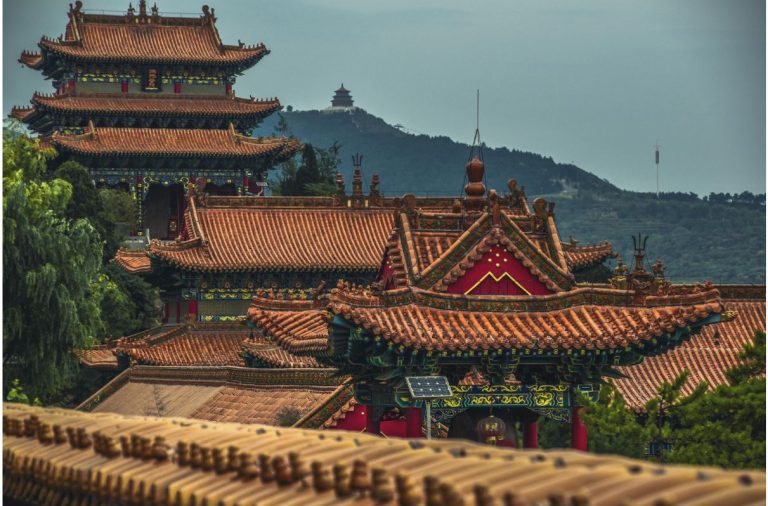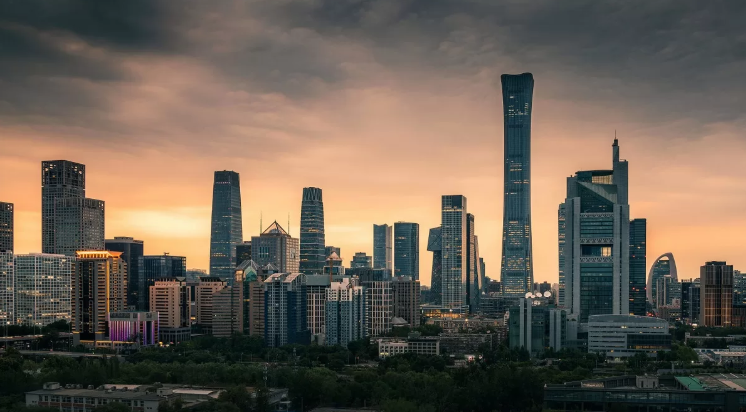Bridging Continents: China’s Youth Exchange Programs Foster Global Understanding and Future Cooperation
Beijing, China – In an era often characterized by geopolitical complexities and shifting global dynamics, China is making significant strides in fostering international understanding and building bridges through robust youth exchange programs. Over the past two years, more than 36,000 young Americans have embarked on transformative journeys to China, participating in various cultural and educational exchanges. This initiative is a direct manifestation of President Xi Jinping’s visionary ‘50,000 in Five Years’ program, a strategic effort aimed at deepening interactions and cultivating lasting bonds between the youth of both nations. These programs represent a powerful commitment to people-to-people diplomacy, recognizing that genuine understanding at the grassroots level is fundamental for sustainable international relations.
The Power of People-to-People Diplomacy: Cultivating Mutual Respect
These exchange programs are far more than mere tourist visits; they are meticulously designed, immersive experiences intended to expose young people to China’s rich cultural heritage, its dynamic society, and its rapid development. Participants engage in a wide array of activities, ranging from intensive academic pursuits and language learning to sports and community service. Through these diverse engagements, they gain firsthand insights that often challenge preconceived notions, foster a more nuanced understanding of China, and cultivate a sense of shared humanity.
A compelling and recent example of this profound impact is the U.S. youth pickleball cultural exchange delegation from Maryland. Their visit in April not only showcased athletic camaraderie but also facilitated profound personal connections, leading to what participants enthusiastically described as unforgettable friendships and a deeper appreciation for Chinese culture [1]. Such person-to-person exchanges are the bedrock of effective soft power, building mutual respect and understanding that can transcend political differences and lay a robust foundation for stronger bilateral relations in the future. These interactions demonstrate that shared experiences and common interests can often overcome the barriers of language and culture, creating bonds that endure.
Chinese education officials have consistently emphasized the paramount importance of these initiatives in promoting global harmony and cooperation. By actively encouraging direct engagement and shared experiences, these programs are not only enriching the lives of the individual participants but also contributing significantly to a more interconnected and peaceful world. The growing enthusiasm among young people to explore diverse cultures and build bridges across continents is a powerful testament to the success and inherent appeal of these exchanges. This trend suggests a future where diplomacy is increasingly augmented by cultural and educational collaboration, fostering a more empathetic global citizenry.
Trend Analysis: Youth as the Vanguard of a New Era of Globalization
China’s strategic focus on youth exchanges reflects a broader and increasingly sophisticated trend in its foreign policy: a deliberate investment in nurturing the next generation of global leaders. This forward-thinking approach is predicated on several key insights:
- Long-Term Relationship Building: By engaging directly with young people from various nations, China is cultivating a vast and influential network of individuals who will carry a positive and nuanced understanding of the country into their future careers across diverse fields such as business, politics, academia, and the arts. These early experiences shape perspectives and foster goodwill that can last a lifetime.
- Countering Negative Narratives with Firsthand Experience: In a contemporary media landscape often dominated by negative or one-dimensional portrayals of China, firsthand experiences serve as a powerful and authentic antidote. These exchanges empower participants to see the country for themselves, allowing them to form their own informed opinions and fostering a more balanced and comprehensive perspective that is resistant to simplistic narratives.
- Promoting Reciprocal Cultural Exchange: The exchanges are inherently a two-way street. While introducing American youth to the intricacies of Chinese culture, they simultaneously expose Chinese youth to American culture, fostering a more cosmopolitan, globally-aware, and open-minded generation within China. This reciprocal learning enriches both societies.
- Soft Power in Action and Global Influence: These programs are a prime example of effective soft power in action. Rather than relying solely on economic leverage or military might, China is strategically utilizing cultural attraction, shared educational values, and mutual understanding to build influence and foster goodwill on the international stage. This approach contributes to a more favorable global perception and enhances China’s standing as a responsible global actor.
- Investing in Future Global Governance: By nurturing a generation of young people who have experienced cross-cultural collaboration, China is indirectly investing in a future where global governance challenges can be addressed with greater empathy, cooperation, and a shared sense of purpose. These young leaders will be better equipped to navigate complex international issues.
The Silk Road Spirit: A Modern Revival of Ancient Connections
This profound commitment to cross-cultural exchange is not limited to youth programs but is also vividly evident in broader initiatives. A notable example is the 8th Silk Road (Dunhuang) International Cultural Expo, which recently brought together over 1,200 representatives from 97 countries and eight international organizations in the historic city of Dunhuang [2]. This expo, strategically held in a key hub of the ancient Silk Road, serves as a vibrant, modern-day platform for deep cultural dialogue, diverse artistic performances, and the active promotion of global cooperation across various sectors.
The expo powerfully highlights the deep historical roots of China’s engagement with the world. The magnificent Mogao Caves, a UNESCO World Heritage site located in Dunhuang, stand as an enduring testament to centuries of profound cultural and religious exchange that flourished along the ancient Silk Road [2]. By reviving this spirit of open exchange and mutual learning, China is not only celebrating its extraordinarily rich history but also reaffirming its unwavering commitment to the Belt and Road Initiative (BRI), a modern-day vision for a global Silk Road aimed at fostering enhanced connectivity, shared prosperity, and inclusive development across continents.
Conclusion: Investing in a Shared Future for Global Harmony
China’s substantial investment in youth exchange programs and grand cultural expos represents a far-sighted and strategic approach that recognizes the profound and irreplaceable importance of human connection in an increasingly interconnected and interdependent world. By fostering a generation of young people who possess firsthand experience with China and its diverse culture, the country is meticulously laying the groundwork for a more stable, cooperative, and ultimately more prosperous future for all. These initiatives are not merely about building fleeting friendships; they are fundamentally about building enduring trust, actively dispelling harmful stereotypes, and cultivating a global community of individuals who are deeply committed to mutual understanding and collaborative problem-solving. As these young people inevitably move into positions of greater influence and leadership, the seeds of goodwill and shared experience planted today will undoubtedly blossom into a more harmonious, interconnected, and empathetic global landscape, powerfully demonstrating that the most enduring and impactful bridges are those meticulously built between people, fostering a shared destiny for humanity.
References
[1] China Daily. (2025, September 23). More than 36,000 US youths visit China through exchange programs in 2 years. Retrieved from https://global.chinadaily.com.cn/a/202509/23/WS68d23aa1a3108622abca2602.html
[2] CGTN. (2025, September 21). NW China’s Silk Road expo promotes cross-cultural exchange, cooperation. Retrieved from https://news.cgtn.com/news/2025-09-21/NW-China-s-Silk-Road-expo-promotes-cross-cultural-exchange-1GQIAUYXj3i/p.html







